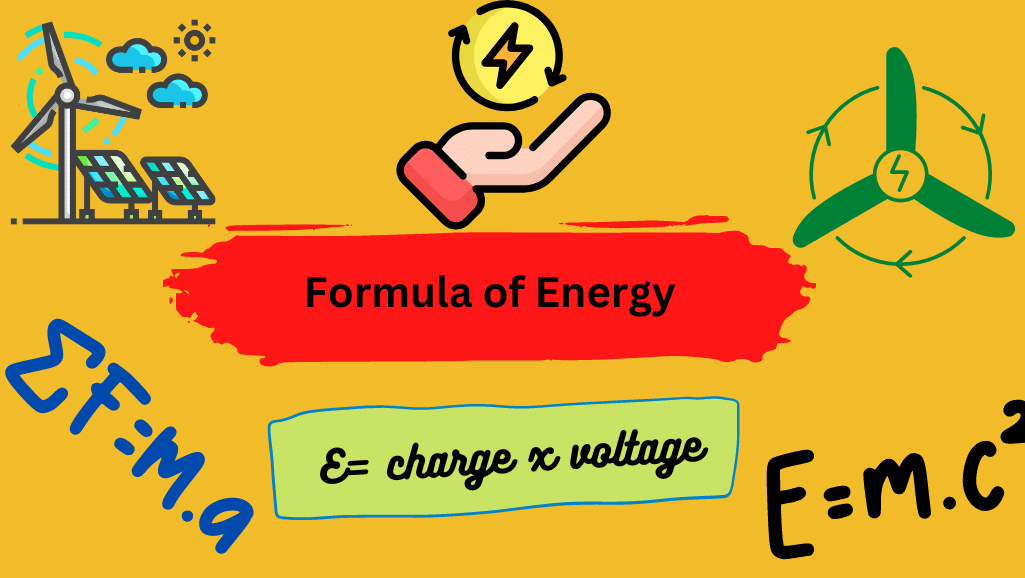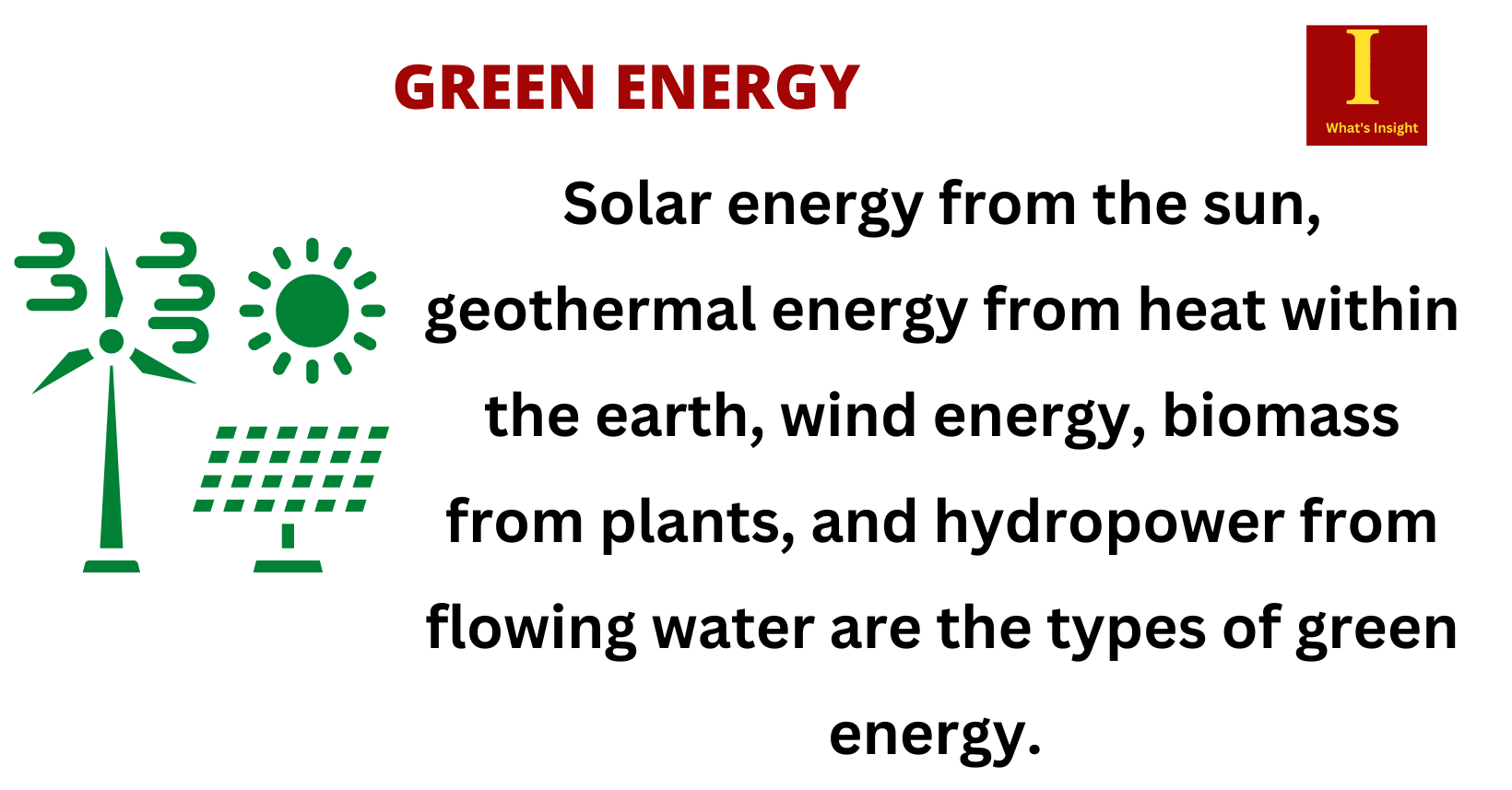The surface energy of a liquid is the surplus energy possessed by the liquid molecules on the surface compared to those inside the liquid. This indicates that liquid molecules at the surface have greater energy as compared to molecules inside it. The surface energy of materials with adhesives, coatings, and inks applied to them needs to be known and controlled in order to ensure that the bond will be strong.
Table of Contents
A Simple Example of Surface Energy
Consider water on a solid surface.
Water pools on the surface that have not been waxed due to its high surface energy.
A waxed surface, on the other hand, has low surface energy, which causes water to bead up rather than flow out.
As with water, adhesive on a high surface energy surface flows and “wets out” the surface; wetting out is necessary to form a strong bond.
That is why many adhesives are specifically formulated for low-surface energy surfaces.
The SI unit of surface energy is Joules/m2 or Newton/meter (N/m).
Surface Energy in Simple Terms
The surface energy of a liquid is the amount of energy required to increase the surface area of the liquid by a unit amount. In simple terms, it is the energy that the molecules at the surface of a liquid possess, which keeps the surface of the liquid together and prevents it from breaking apart.
The surface energy arises from the fact that the molecules at the surface of a liquid experience different forces compared to the molecules within the bulk of the liquid. Because the surface molecules have fewer neighbouring molecules to interact with, they tend to be more attracted to one another, resulting in a “stretching” of the surface, which requires energy to maintain. This energy is what we refer to as the surface energy of the liquid.
What is the Surface Energy of a Liquid?
The attraction forces between molecules may be used to explain the energy of a liquid surface.
The molecules on the liquid’s surface are only attracted to molecules next to and below them, but molecules within the liquid’s body are attracted to liquid molecules all around them.
To move a molecule from the liquid’s body to the surface, a force must be applied to overcome the attractive interactions between the molecules, and hence network must be performed on the molecule.
As a result, the molecules on the surface have more potential energy than those underneath it. Evaporation provides the energy required to remove a molecule off the surface indefinitely against the attraction of the liquid.
Surface Tension
Surface tension is a feature of a liquid’s surface that permits it to resist external pressures due to the cohesive nature of water molecules. Because the molecules at the surface have comparable molecules on all sides, they cohere more firmly to those who are directly linked with them on the surface. This causes the production of a surface “film,” which makes moving an object through the surface more difficult than moving it when entirely immersed.
Surface tension is measured by the amount of force (N) exerted on a unit such as a length (m) or the amount of energy of a measured area.
The surface tension equation is given by the equation S = (ρhga/2) where S is the surface tension, (or rho) is the density of the liquid being measured, h is the height of the liquid in the tube, g is the acceleration due to gravity acting on the liquid (9.8 m/s2), and a is the radius of the capillary tube.
Summary
- Surface energy is the amount of energy required to increase the surface area of a liquid by a unit amount.
- It arises from the fact that the molecules at the surface of a liquid experience different forces compared to the molecules within the bulk of the liquid.
- The units of surface energy are Joules/m2 or Newton/meter (N/m).
- The high surface energy of water is caused by strong molecular interactions
- In a water molecule, the electronegativity difference between oxygen and a hydrogen atom is a responsible factor for water’s surface tension.
- The surface energy keeps the surface of the liquid together and prevents it from breaking apart.
- The surface energy is due to the attraction between surface molecules, which have fewer neighbouring molecules to interact with.
- Surface tension is a related concept, which is the force that acts on the surface of a liquid and causes it to form a “skin”.
- Surface tension and surface energy are related through the equation: Surface tension = Surface energy / Length.
More Links
- BCl3 Lewis Structure in four simple steps - November 1, 2023
- PH3 Lewis Structure in four simple steps - October 8, 2023
- PF3 Lewis structure in four simple steps - September 24, 2023



